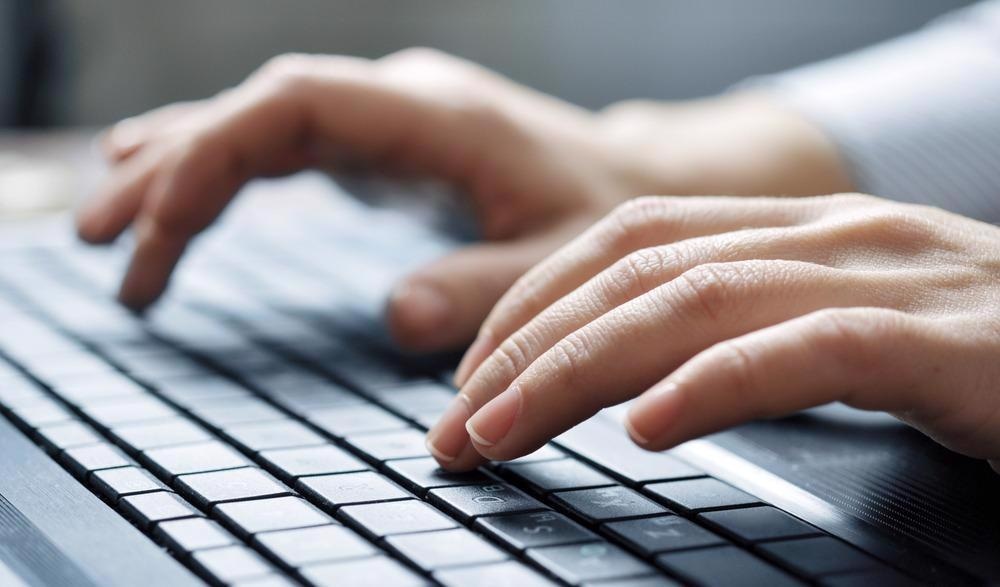Researchers have developed natural energy harvesting with new ‘holy grail’ technology that turns perspiration into power. The revolutionary device harvests energy from the wearer’s fingertips as they sleep or work at their desk.

Image Credit: mama_mia/Shutterstock.com
The technology is being described as the most efficient wearable energy harvesting device and can produce 300 millijoules (mJ) of energy per square centimeter over a 10-hour period. The device does not require any mechanical energy to kickstart the energy-gathering process.
A single press of one finger boosts the energy collected by 10%. The technology is being called the ‘holy grail’ of wearable energy harvesting, with the energy it collects representing as much as a 6000% return on energy input.
“Normally, you want maximum return on investment in energy. You don’t want to expend a lot of energy through exercise to get only a little energy back,” says Joseph Wang, a professor of nanoengineering at the University of California, San Diego. “We wanted to create a device adapted to daily activity that requires almost no energy investment — you can completely forget about the device and go to sleep or do desk work like typing, yet still continue to generate energy.”
Wang is the senior author of a paper describing the breakthrough published in the latest edition of the journal Joule.
Energy Harvesting Without the Hard Work
The device devised by Wang and his team fits into a category of energy harvesters called biofuel cells (BFCs) and works with lactate that is dissolved in sweat. From the outside, the tech looks deceptively simple, consisting of little more than a piece of foam connected to a circuit, all of which fits neatly upon the tip of a finger.
As well as being just 1 cm squared in size, the device is flexible, meaning it can be worn for an extended period without being uncomfortable.
The foam is comprised of a carbon nanotube material and the device also contains a hydrogel layer that boosts the absorption of perspiration. Also inside the cells are bio enzymes at the anode that oxidize the lactate stripping away electrons. At the cathode, a tiny amount of platinum catalyzes a reaction that uses the electron to turn oxygen into water.
The result of this is the flow of electrons through the circuit and the generation of an electric current. This process occurs if there is lactate without the need for initial energy input to kickstart the process.
This is where the device, developed by Wang and his team, including first co-author Lu Yin, a nanoengineering Ph.D. student working in Wang’s lab , is different from previous devices.
Devices that harvest energy from the human body are nothing new of course, and there are more than a few such instruments that do this via gathering sweat. This meant the user had to generate energy with vigorous activities such as running and bike riding. Often this meant a return in energy investment of just 1%. The new device only requires the presence of lactate and contact with a fingertip.
Why the Fingertips?
The fingertips house the largest concentration of sweat glands in the human body.
The concentration of sweat glands in the tips of our fingers could have shaped our evolution as a species. “Generating more sweat at the fingers probably evolved to help us better grip things,” says Yin. “Sweat rates on the finger can reach as high as a few microliters per square centimeter per minute.
“This is significant compared to other locations on the body, where sweat rates are maybe two or three orders of magnitude smaller.”
The team also attached generators to the device that can convert mechanical energy into electricity, enabling the device to harvest up to 20% extra energy.
The team used the energy harvesting device to power vitamin C and sodium sensing systems and add that by improving the technology it could be used to supply energy for wearable health and wellness instruments. This could include glucose monitors for people with diabetes.
“We want to make this device more tightly integrated into wearable forms, like gloves,” Yin says. “We’re also exploring the possibility of enabling wireless connection to mobile devices for extended continuous sensing,” Yin says.
References and Further Reading
Yin. L., Wang. J., Moon. J-M., et al, [2021] A passive perspiration biofuel cell: High energy return on investment. Joule. https://doi.org/10.1016/j.joule.2021.06.004
Disclaimer: The views expressed here are those of the author expressed in their private capacity and do not necessarily represent the views of AZoM.com Limited T/A AZoNetwork the owner and operator of this website. This disclaimer forms part of the Terms and conditions of use of this website.